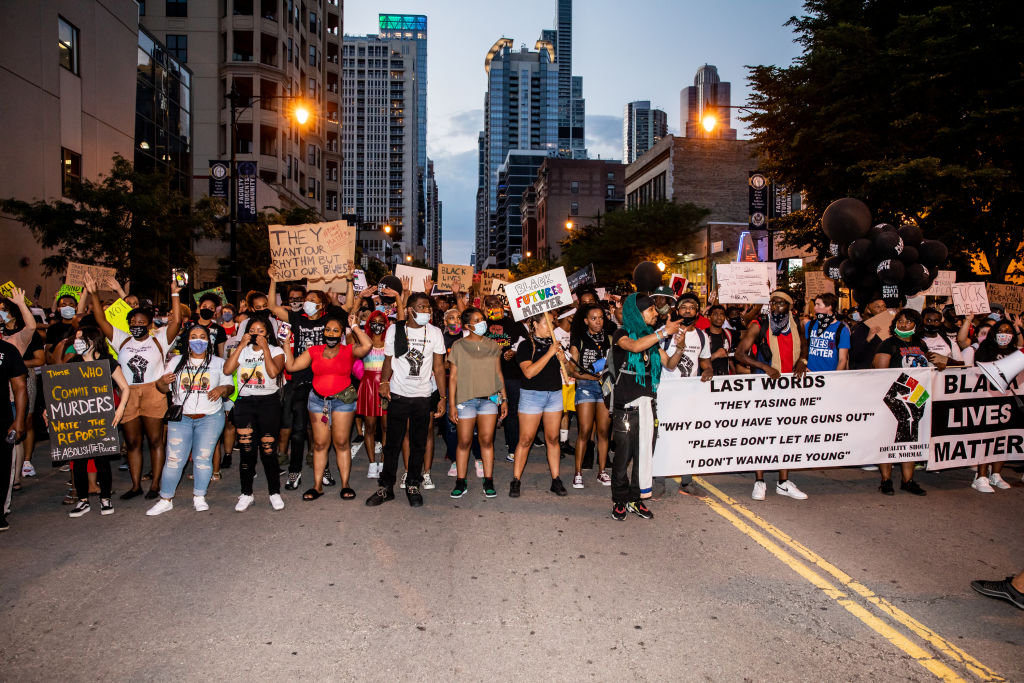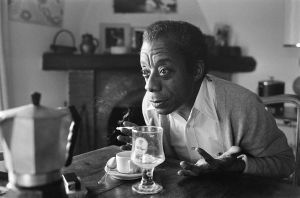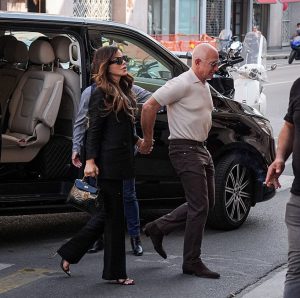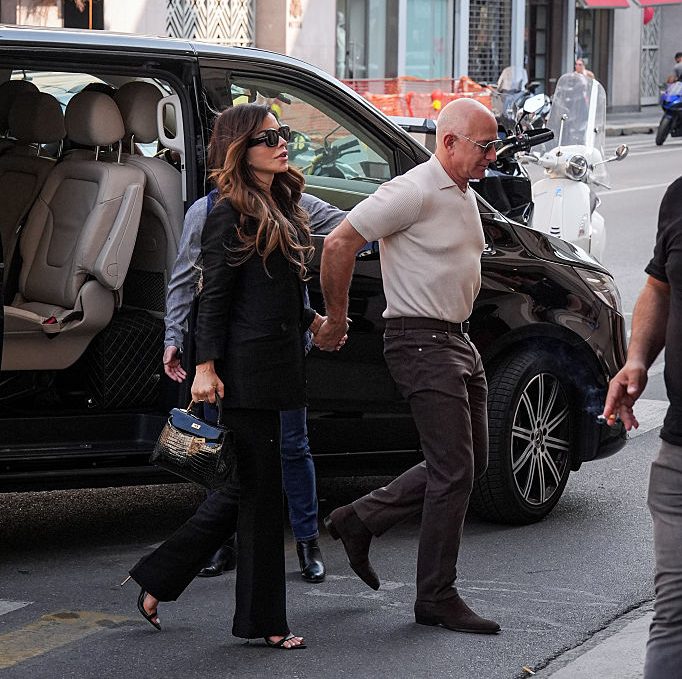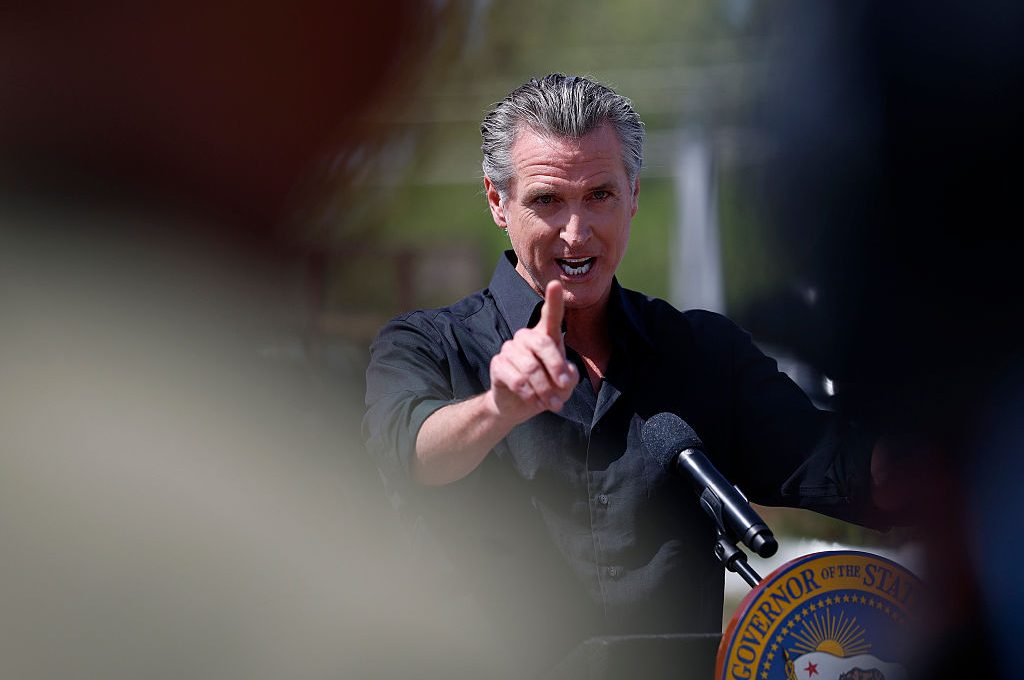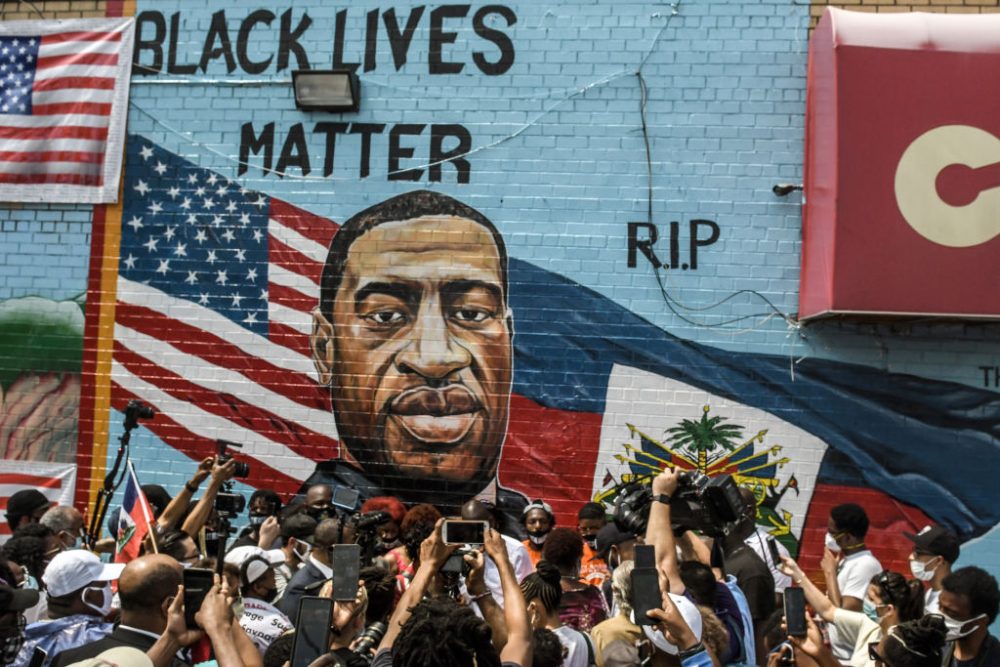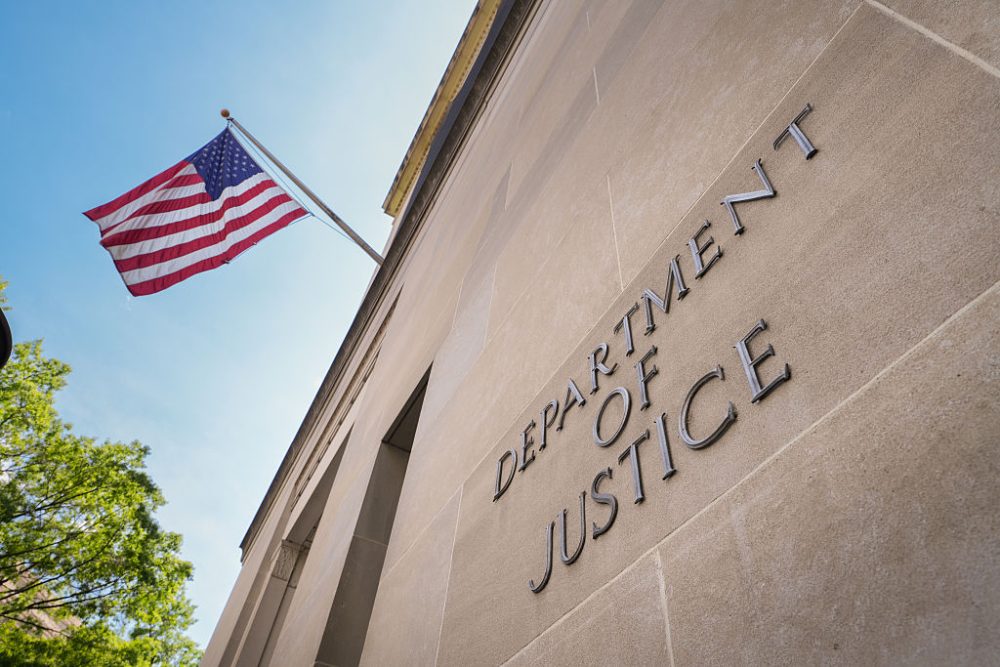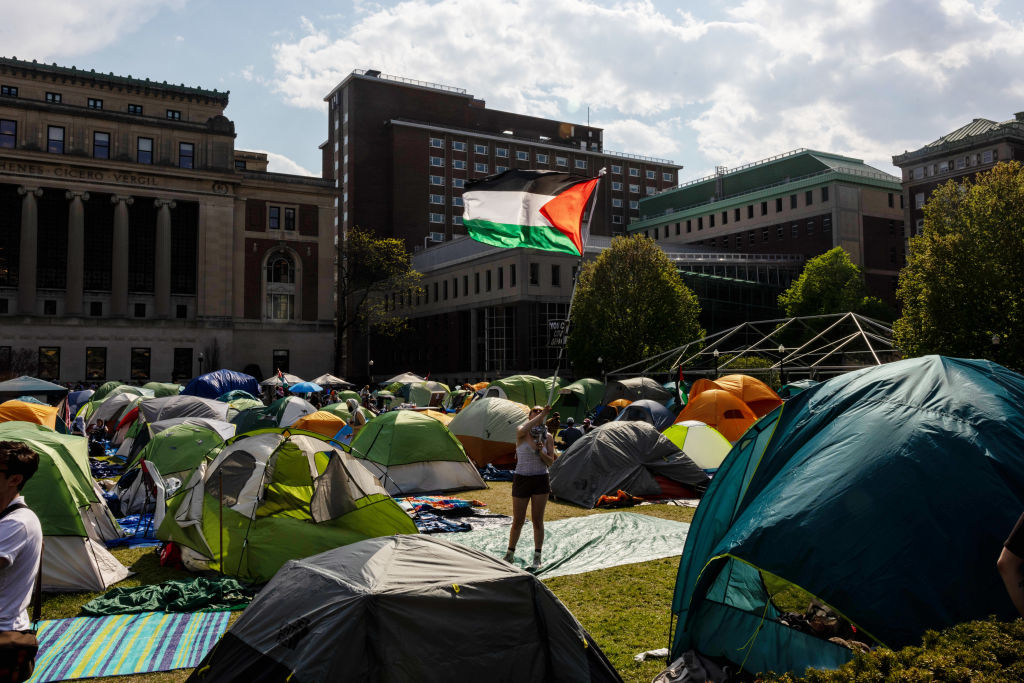When I first saw the footage of George Floyd being asphyxiated by a policeman’s knee on his throat, my reaction was pretty standard. My eyes bugged. I stood up. I exclaimed something like: ‘Bloody hell!’ We’ve all seen the video dozens of times now, but it’s worth clinging to that initial shock, the better to appreciate that America’s spontaneous collective revulsion in response to such grotesque abuse of power was genuinely commendable.
Yet the nationwide marches at the end of May had a clear goal: the culprit’s arrest. If late in the day — had a civilian choked a policeman to death, he’d have been handcuffed faster than it takes to say ‘black lives matter’ — Derek Chauvin was charged. Then protesters clamored that his three accomplices should also be arrested. They were arrested. Doubtless in response to activist pressure, Chauvin’s original murder charge was upgraded from third to second degree — which could prove a dubious decision. The more severe the charge, the higher the likelihood of failing to get a conviction. Imagine the Rodney-King-to-the-tenth frenzy on the streets if this guy gets off.
To begin with, then, these hearteningly multiracial crowds were demanding something tangible. But the worst thing you can do with any movement is to give it what it claims to want. As the daily marches have continued, their agenda has advanced to ending ‘structural racism’ — which, being ill-defined, is also insoluble. Ergo, these convocations can carry on indefinitely.
Especially because the marches deliver a get-out-of-lockdown-free card. I’m not the first to observe a certain U-turn of convenience, since the same contingent that has turned out for Floyd in such profusion were the very Democrats campaigning for longer, more stringent shutdowns and reporting the unreconstructed for minor infringements, the better to ‘save lives’. Nor would I be the first to observe the incongruity that some of the same police officers who have sat judiciously back while arsonists burn down independent bookstores and looters ravage designer outlets are the same public servants who a terribly short while ago were making arrests for sunning in parks.
Yet I seldom hear that the civic explosion over George Floyd has been at least partially caused by lockdowns. Younger protesters have been sent home from college for months. All nondigital social interactions have been forbidden, all diversions like going to cinemas or playing sports banned, and lots of these benighted young people have been stuck living with their parents. The pent-up energy must be massive. The outrage over police brutality is surely sincere. Still, finally there is something to do, a means to meet one’s friends, and — amid the stasis of deserted cities — a locus of vigor.
Large numbers of white demonstrators have helped vividly illustrate that police abuse of power is not exclusively a racial problem. Many of the hotheaded cops on CNN have been walloping their batons on white protesters. Notoriously, police in Buffalo shoved a peaceable white 75-year-old backwards onto the pavement, then ignored the unconscious body while blood poured from his head. Typically, the police lied about the videoed incident (the poor fellow ‘tripped’), just as they might have had he been black. Well, that’s equality of a kind.
Despite the legitimate uproar over George Floyd, the statistics that might confirm a pernicious ‘structural racism’ in American policing are not ideologically accommodating. Activists often observe that black people are 2.5 times more likely to die at police hands. True. But black people have many more encounters with the police, given that in 2018 this 13 percent of the population committed 53 percent of the murders — and overwhelmingly, the victims were also black; that’s 7,407 black lives that should also matter — and more than half of robberies. Moreover, because plenty of police killings are committed by minority officers, analysis of public records has failed to document a pattern of disproportionate white-on-black police homicide.
American data collection on police violence is lousy. Nevertheless, a Public Administration Review report assessing all confirmed uses of lethal force by police officers in the US in 2014-15 concluded that ‘although minority suspects are disproportionately killed by police, white officers appear to be no more likely to use lethal force against minorities than non-white officers’. Following the contentious Michael Brown killing in Ferguson, Missouri, an award-winning black economics professor at Harvard and several student researchers spent more than 3,000 hours rigorously analyzing 1,332 lethal police shootings in 10 major American cities between 2000 and 2015. They found no pattern of racial bias. Prof Roland G. Fryer told the New York Times (which published the counter-intuitive conclusions ‘below the fold’, as we said in the olden days of newsprint): ‘It is the most surprising result of my career.’
[special_offer]
To listen to vox-pops of apoplectic protesters, you’d think atrocities like the chilling murder of George Floyd are being committed across America every day. But last year, American police killed 14 unarmed black people and 25 unarmed whites. According to Heather Mac Donald, author of 2016’s The War on Cops: ‘[A] police officer is 18-and-a-half times more likely to be killed by a black male than an unarmed black male is to be killed by a police officer.’
None of this is to say there isn’t a problem with American policing. Although forces vary greatly, in general police in the US are overly militarized, poorly trained for deescalation, and too ready to regard the public as the enemy. The American black community also confronts a host of real problems, including racism, but also criminality, broken families and endemic poverty.
Marching against racism seems benign enough, but it’s too easy. In the current social climate, that’s like marching against badness. In future, let’s see more campaigning for practical change that could make a palpable difference to black Americans. I stuck my neck out years ago on this one: how about demanding the decriminalization of illegal drugs? Nothing would transform heavily black inner cities such as Chicago’s like reclassifying drug use as a public-health issue. That’s a much harder battle to win, but if you organize a march for that cause, I’ll show up.



